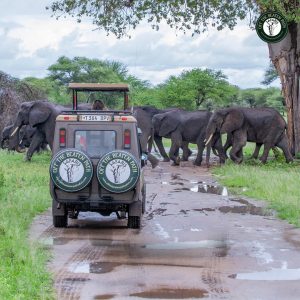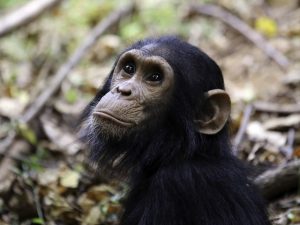Overview of Lion Population in Ngorongoro Crater
Located in Tanzania, Ngorongoro Crater is a UNESCO World Heritage Site and one of the most popular destinations for wildlife enthusiasts. Known for its stunning landscapes and diverse wildlife, the crater is home to a thriving population of lions. These majestic predators are a key component of the ecosystem in the crater, playing a crucial role in maintaining the delicate balance of nature.
Factors Affecting Lion Numbers and Behavior
The lion population in Ngorongoro Crater is influenced by a variety of factors, both natural and human-induced. One of the main factors affecting lion numbers is the availability of prey. The crater is home to a wide variety of herbivores, such as zebras, buffalo, and wildebeest, which serve as the primary food source for lions. A decline in the population of these prey species can lead to a decrease in the number of lions in the crater.
Another factor that affects lion numbers is competition with other predators. Ngorongoro Crater is also home to hyenas, leopards, and cheetahs, all of which compete with lions for food and territory. In some cases, lions may be driven out of their territories by these competing predators, leading to a decrease in their numbers.
Human activities also play a role in shaping the behavior and population of lions in the crater. Poaching, habitat loss, and human-wildlife conflict are major threats to lion populations in Ngorongoro Crater. Poaching for bushmeat and traditional medicine can reduce the number of prey available to lions, while habitat loss due to agriculture and development can limit their range and resources.
Furthermore, human-wildlife conflict, particularly with livestock farmers, can lead to retaliatory killings of lions. This not only reduces the lion population but also disrupts their social structure and behavior. Conservation efforts, such as community-based conservation programs and anti-poaching patrols, are essential for protecting lions in the crater and ensuring their long-term survival.
In conclusion, the lion population in Ngorongoro Crater is a complex and dynamic ecosystem that is influenced by a variety of factors. By understanding these factors and implementing effective conservation strategies, we can help ensure the continued survival of these iconic predators in this unique habitat.
For those interested in observing lions and other wildlife in Ngorongoro Crater, Sunset Africa Safari offers guided tours to the region. To book a safari tour, please contact info@sunsetafricasafari.com for more information.



